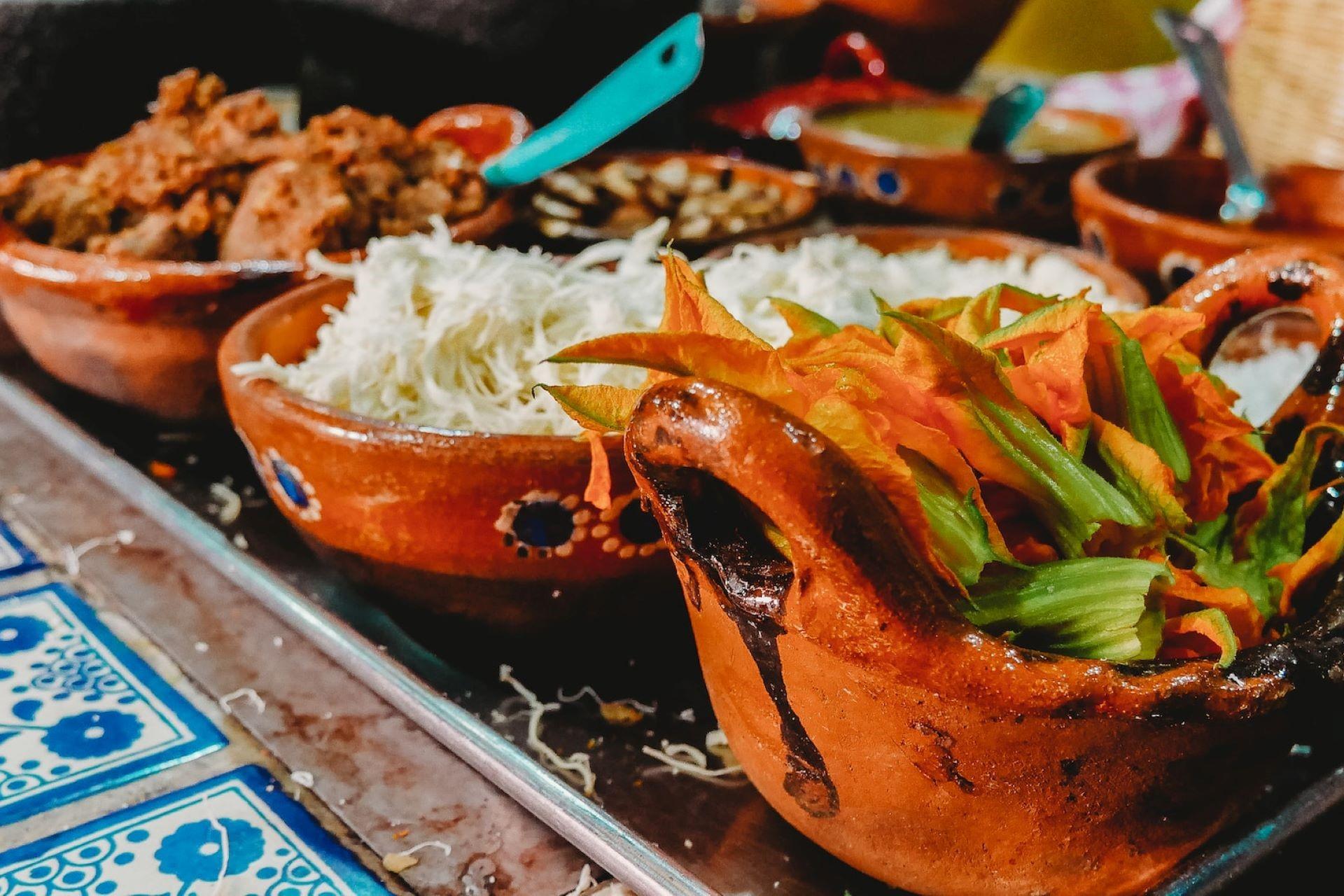While there's no lack of Mexican food in Mexico, it may surprise you to find out that it's hugely popular everywhere in the world. In the neighbouring United States, for example, there are over 50,000 Mexican restaurants, accounting for nearly 1 in 10 restaurants in the country. Further afield in the UK, nearly a third of British families have bought or tried Mexican food in the last year according to a 2015 survey.
The story of Mexican food abroad hasn't always been a success story and while a second Taco Bell in Scotland initially never materialised because the first branch was doing so poorly, in the 2010s, the company made a concerted effort to open in new markets, which included New Zealand in 2019.
While Taco Bell is hardly the most "authentic" Mexican food, its success in different markets does tend to follow the popularity of Mexican food in general where its successful and with over a dozen branches in New Zealand now, it's clear that lots of Kiwis are rather fond of Mexican food.
Even though you can find great Mexican food in a lot of different restaurants around the country, the best thing about Mexican food is that it's traditionally home-cooked food, which means you can make it at home!
If you're interested in cooking delicious Mexican food, here are some of the best dishes and how to make some of them!

Mexican Guacamole
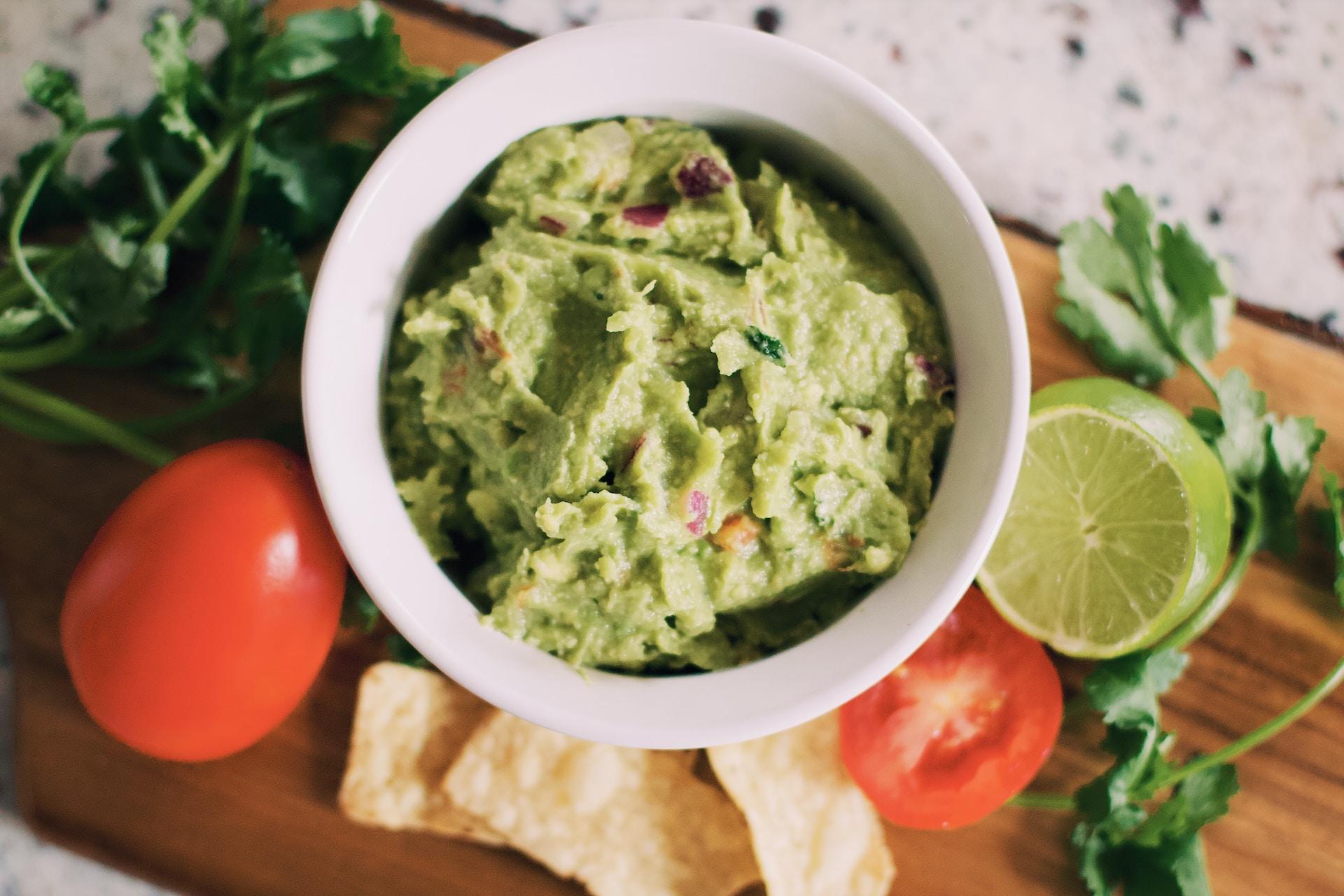
You don't need to say that guacamole is Mexican, but the dish has become so popular all over the world that there are lots of variations that still call themselves guacamole. After all, guacamole comes from the Nahuatl language "guaca" (avocado) and "mole" (sauce) so by definition, almost any avocado sauce could technically be called guacamole.
The Mesoamericans have been growing avocados for thousands of years so it's almost impossible to work out when guacamole was first invented, but we imagine that the earliest examples of crushing avocados to eat them were likely around that time or even earlier.
The most common kind of avocados sold in New Zealand is the Hass variety, but you can find Fuerte and Reed avocados if you look around for them. While the former isn't the one that the earliest Mesoamericans would have used, it still works fine for a good guacamole.
The Aztecs' original recipe was simply avocados mashed using a mortar and pestle with some sea salt, but the modern recipe is slightly more interesting and far more popular.
Here's our quick recipe for making guacamole.
Ingredients:
- 2 ripe avocados
- 1/2 teaspoon Kosher salt
- 1 Tbsp of fresh lime juice or lemon juice
- 2 Tbsp to 1/4 cup of minced red onion or thinly sliced green onion
- 1-2 serrano chiles, stems and seeds removed, minced
- 2 tablespoons cilantro (leaves and tender stems), finely chopped
- A dash of freshly grated black pepper
- 1/2 ripe tomato, seeds and pulp removed, chopped
Preparation:
- Remove the skin and stones from the avocados
- Use a fork to mash the avocados
- Add the other ingredients (stir well)
- Chill and store
Mexican Corn Salad
Esquites is a hugely popular Mexican snack and one of the country's favourite traditional recipes. You can find esquites being sold all over Mexico by street vendors and during Mexican festivals like Cinco de Mayo.
It's really easy to make so here's what you'll need and how you can make it.
Ingredients:
- 4 cups of corn, cut from the cob
- 1 tbsp olive oil
- 1/2 red bell pepper chopped
- 1/2 small red onion finely chopped
- 1/2 cup fresh cilantro chopped
- 6 green onions chopped
- 1 jalapeno pepper diced
- 1/2 avocado chopped
- 4 tbsp lime juice (from about 2 limes)
- 1/2 tsp cumin ground
- 1/2 tsp smoked paprika
- 1/4 tsp black pepper ground
- 1/4 tsp salt
- 2 tbsp sour cream (or yoghurt)
- 2 tbsp mayonnaise
- 1/2 cup cotija cheese (or feta), crumbled
Preparation:
- Remove the corn from the cob.
- Heat the olive oil and cook the corn for 3 to 5 minutes.
- Leave the corn to cool in a bowl and stir in the remaining ingredients.
- Add salt, pepper, and lime juice to taste.
- Garnish with cheese and cilantro.
Corn Tamales
Tamales are another dish that's been part of Mexican cuisine for millennia. The Aztecs would make this dish and it was particularly special since corn was considered sacred and the meal was often eaten during important holidays.
Nowadays, you don't need a special event to have corn tamales, though you'll likely see more of them during special events like the Día de Muertos.
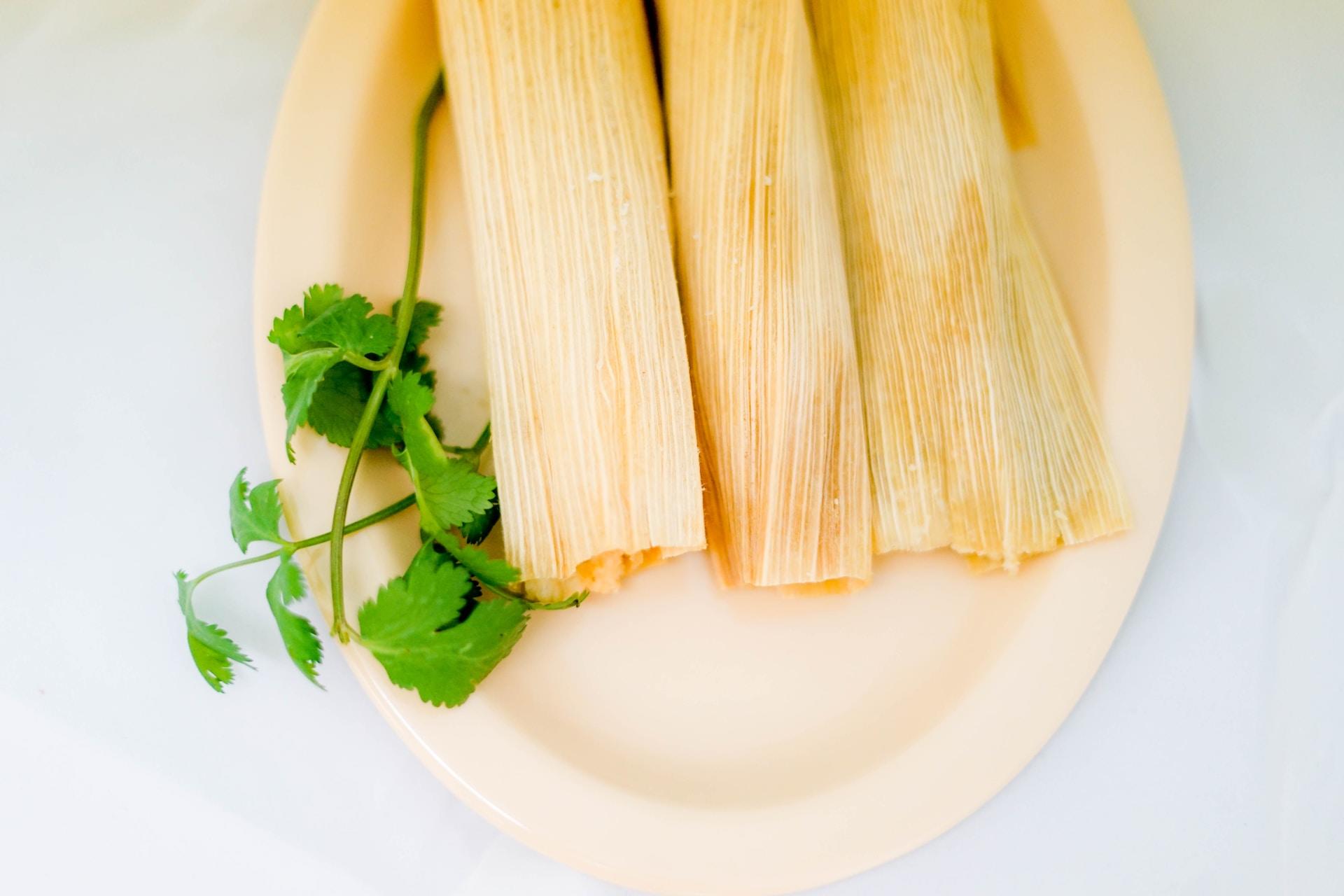
A lot of Mexico's favourite dishes have been changed to make them more palatable to international diners and tamales are no exception, with different like tamales with tomatillo salsa, pork tamales rojos, and tamales con salsa verde y pollo.

Enchiladas
Enchiladas are probably one of Mexico's most popular dishes. The name literally means that chilli pepper has been added and comes from the Spanish verb enchilar (to add chilli pepper).
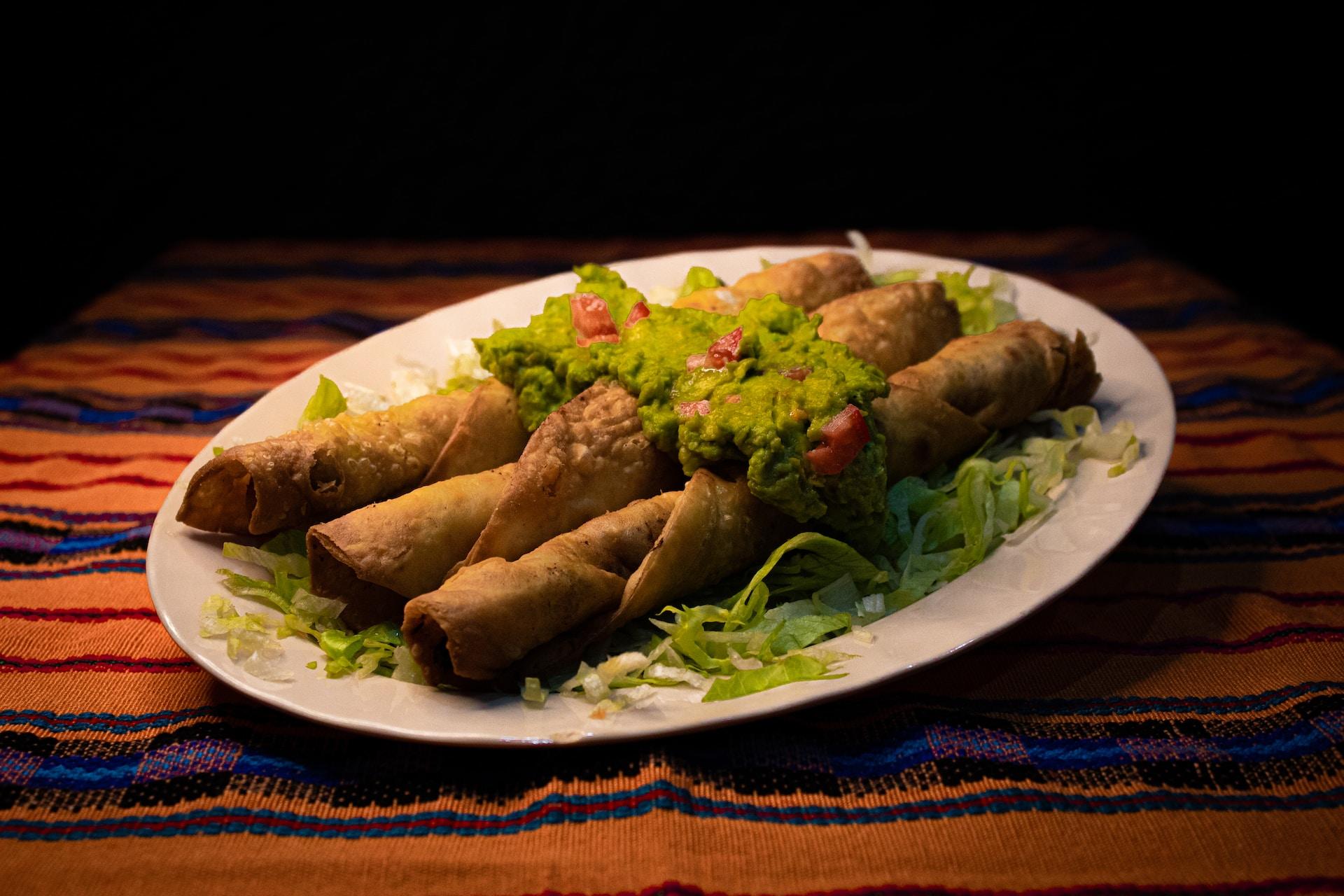
The Mayans were some of the first to use tortillas as an edible vessel for their food, meaning they had little use for cutlery. For enchiladas, you'll need corn flour tortillas to wrap around a chilli and tomato sauce. Common enchilada fillings include meat, cheese, beans, and vegetables.
The dish is so popular that it was included in Mexico's first-ever cookbook in 1831 but there's hardly just one single recipe for enchiladas. Popular variations include chicken enchilada in a tomatillo cream sauce, hatch green chile enchiladas, enchiladas con mole, enchiladas montadas, and enchiladas San Miguel.
Don't forget that there are plenty of tasty Mexican desserts for those with a sweet tooth.
Tacos
Tacos are arguably one of the most well-known Mexican dishes and there are too many different variations and versions to say which is the most authentic so just enjoy whichever kind you like.
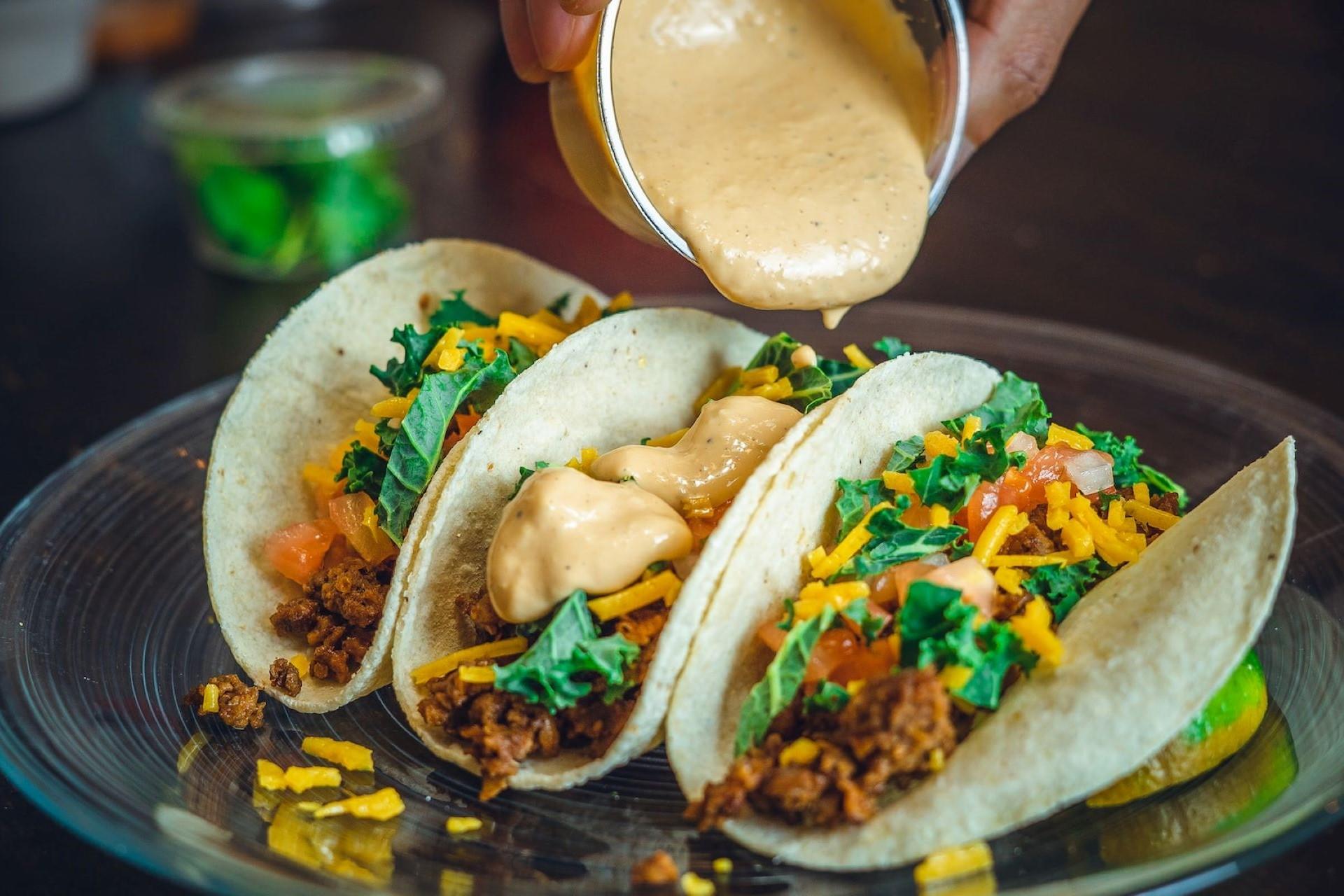
Tacos come in two main versions: soft shell tacos and hard shell tacos. The soft version was eaten by the Aztecs for centuries and the kind of taco you can get will depend on where you are in Mexico or even the world.
In the Mexican state of Baja California (just south of the US state of California, by the way), fish tacos (tacos de pescado) and shrimp tacos (tacos de camarones) are very popular in both restaurants and with street vendors.
Across northern Mexico in places like Sonora, Chihuahua, and Coahuila, you can find different types of beef tacos including carne asada (grilled beef), barbacoa (slow-cooked beef), and lengua (beef tongue).
One more Mexican dish using tortillas is a dish known all around the world; Mexican tacos. Mexicans and foreigners alike love to decline tacos in shapes and ingredients.
In Southern Mexico, you can find pork, chicken, vegetables, and seafood tacos, but you can pretty much find most variations in most places and around the world.
Hard shell tacos are far more recent than their softer counterparts and were popularised by the American fast-food chain Taco Bell. By frying the shell, the tortillas would keep for longer and be much easier for employees to make.
The dish is so popular that there are variations in the Middle East and even the hot doco, which is a Mexican-style hotdog served in a corn tortilla taco. You could also try taco stuffed peppers, taco lettuce wraps, and taco tomatoes if you're looking for something vegetarian.
Learn more about cooking Mexican cuisine with Mexican food cooking classes.
Salsas and Moles
Salsa is simply the Spanish word for sauce, but the "salsa" that most English speakers are familiar with is a Mexican sauce that was originally made by the Mayans.
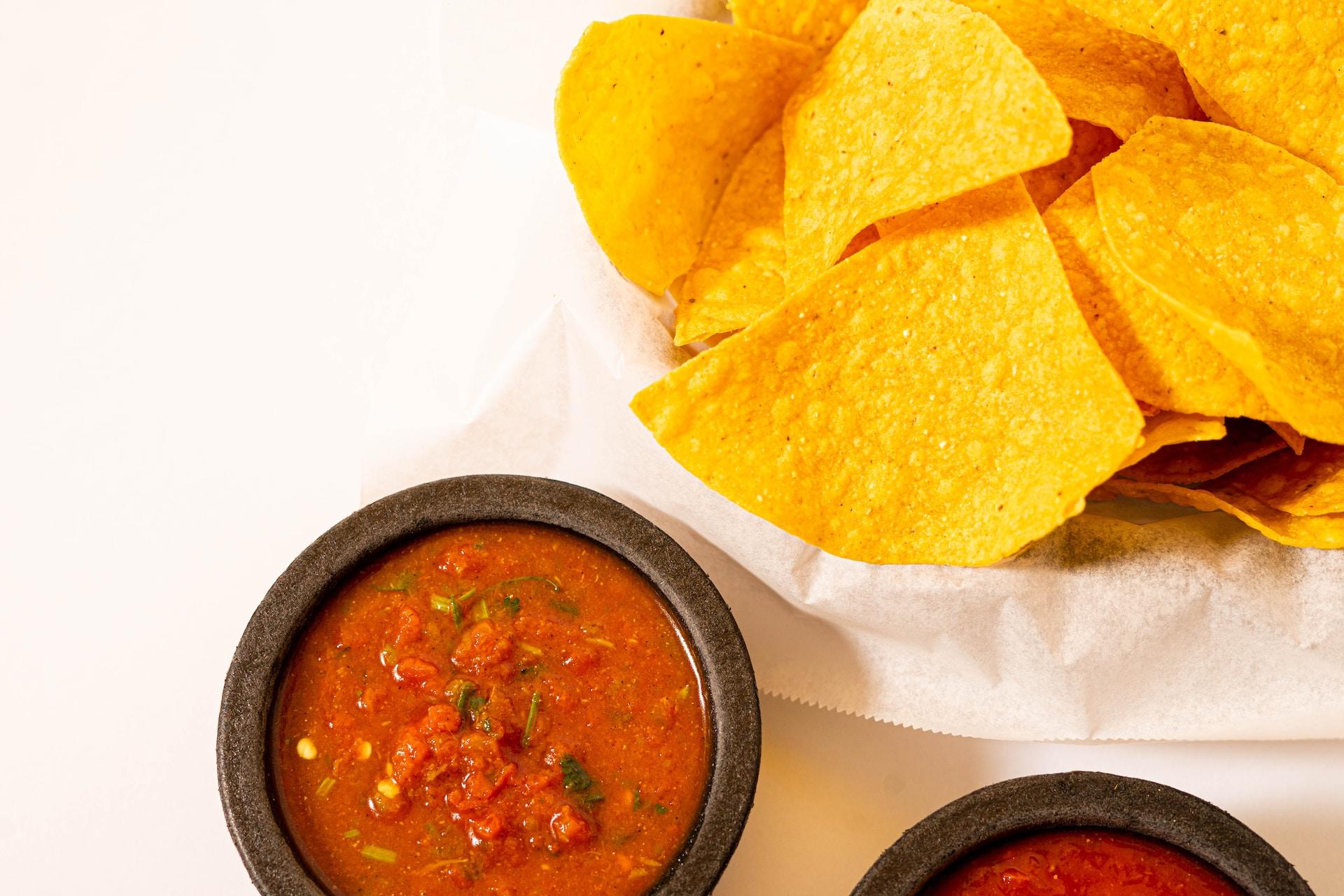
In Mexico, there isn't a single "salsa" and when we speak about salsa, we're actually talking about pico de gallo or salsa fresca which mean rooster's beak and fresh salsa respectively.
You can make pico de gallo with chopped tomatoes, onions, coriander, serrano peppers, salt, and lime juice and it goes great with nachos.
Another popular Mexican sauce is "mole", which also just means sauce in Nahuatl which we found out when talking about guacamole. This sauce is from the states of Oaxaca and Puebla and we're not risking a national crisis by saying which of the two invented it.
Mole Poblano hails from Puebla and is made from dozens of ingredients, most notably chilli peppers and chocolate. This combination works well as the chocolate offsets the spiciness from the chillis and gives the sauce its typically dark colour.
Though there's chocolate in this sauce, it's not for desserts and is most often served with cuts of meat, particularly during special occasions like weddings, birthdays, baptisms, Christmas, and Cinco de Mayo.
Oaxaca is often dubbed "the land of seven moles" and you'll find mole negro, colorado, amarillo, verde, chichilo, coloradito, and mancha manteles.
The mole negro is arguably the most popular and much darker than mole poblano ("negro" means black in Spanish, after all). It's quite similar to the neighbouring variant, but uses hoja santa, an aromatic herb native to the region.
Mole negro is quite difficult to make as balancing all the ingredients takes a lot of practice.
Pozole
Pozole was a sacred dish for Aztec religious ceremonies. There are three main kinds of pozole:
- White pozole, which doesn't use salsa.
- Green pozole, which includes tomatillos, epazote, cilantro, jalapeños, or pepitas.
- Red pozole, which includes a sauce made from chiles, guajillo, piquin, or ancho.
It's common for pozole to be served with chopped onions, shredded lettuce, sliced radish, cabbage, avocado, limes, oregano, tostadas, chicharrónes, or chiles, which are added to taste.
While we've named most of the popular Mexican dishes, don't forget about burritos, quesadillas, fajitas, empanadas, chiles rellenos, or tortilla soup, and if you're interested in learning more about Mexican food, be sure to check out our guide to Mexican cooking!
You can also learn how to cook Mexican food (or any type of food) with the help of a private tutor or cooking teacher. On the Superprof website, there are plenty of talented tutors in and around New Zealand who can help you to become a better cook.
Better yet, you can look for online private tutoring and learn how to cook Mexican food from bonafide Mexicans around the world provided you have a webcam and a decent internet connection.
Many of the tutors on the site offer the first session for free so be sure to try a few out before choosing the perfect cooking teacher!

